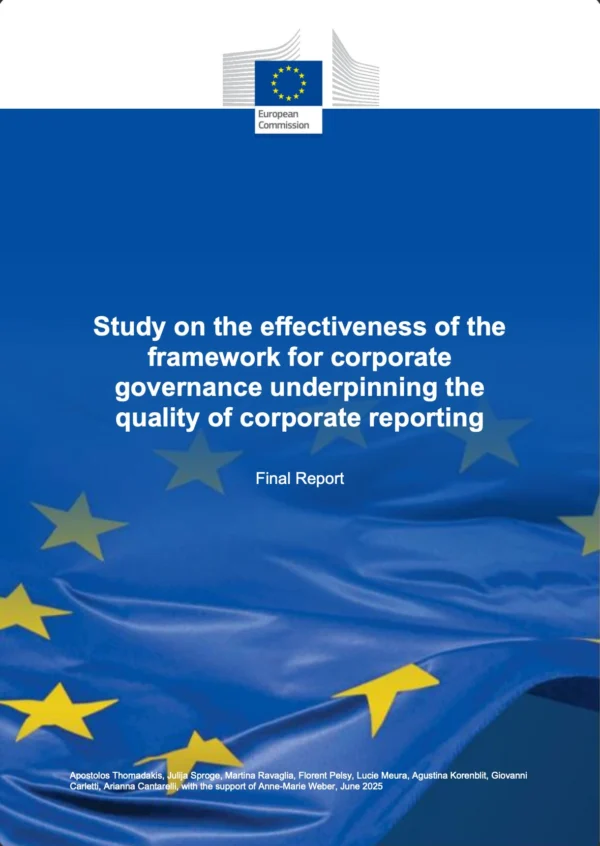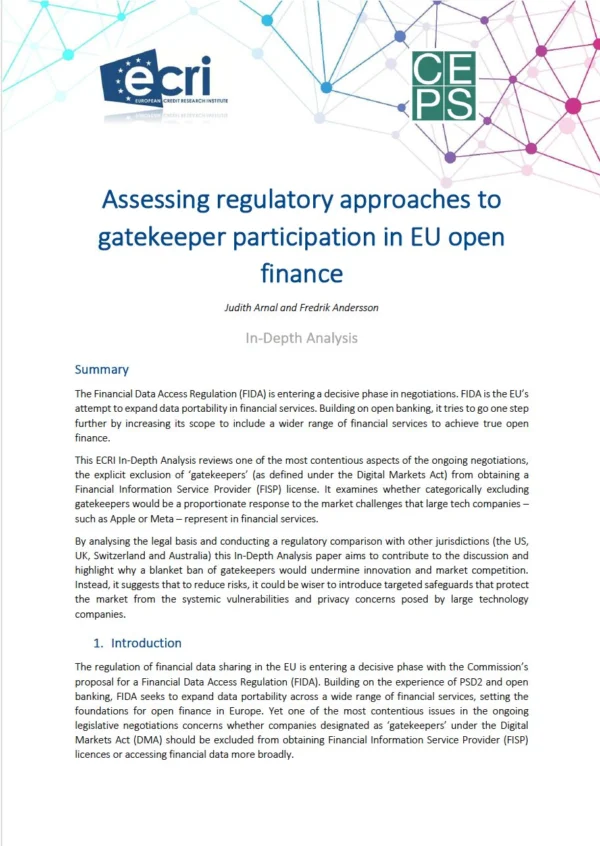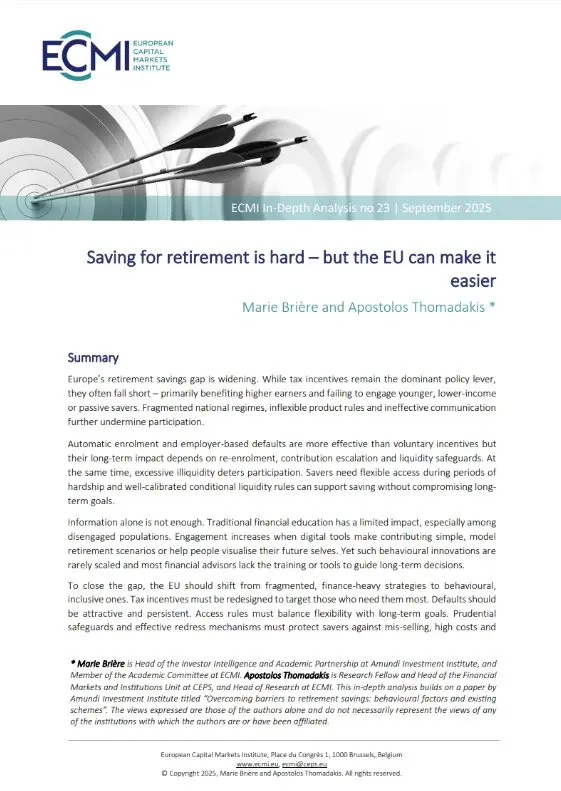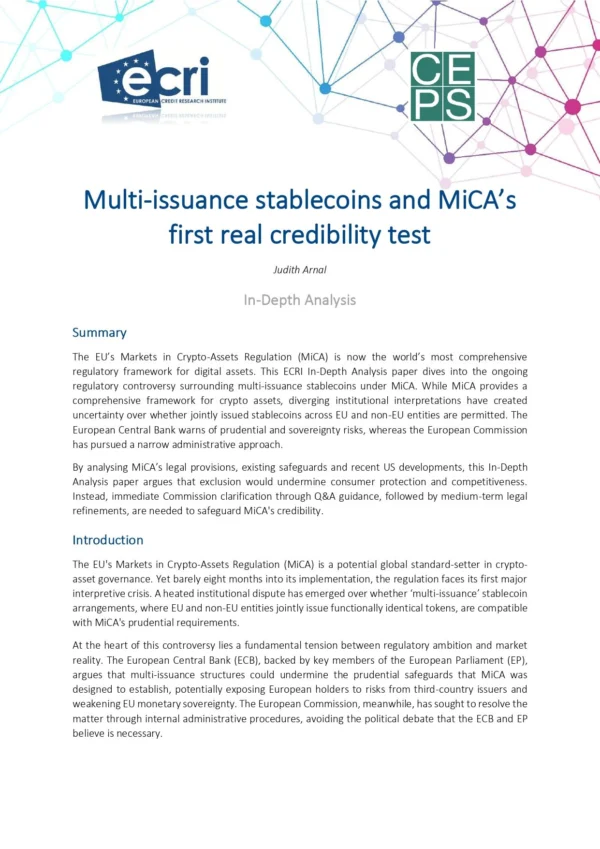The EU–US economic relationship has long been broadly balanced, reflecting deep mutual interdependence. However, in the domains of security and technology, the EU has remained significantly more dependent on the US. As US strategic priorities shift, this asymmetry is becoming more visible and may increasingly shape economic and geopolitical outcomes in the EU.
The paper advances three possible trajectories for EU–US relations: Continued interdependence and EU vulnerabilities; Managed divergence; and Antagonistic turn. None of these trajectories offers a clear solution to EU dilemmas. Each involves high risks of fragmentation, both within the EU and across the Atlantic. Yet, the EU has no choice but to strengthen its preparedness to shape a more balanced relationship. This requires, above all, internal unity, time and deliberate efforts to reduce strategic dependencies.
From a parliamentary oversight perspective, increasingly complex transatlantic dynamics — marked by trade disputes, regulatory divergence, and strategic misalignment — highlight the limits of the current framework and the need to increase its responsiveness by introducing early-warning mechanisms. The Parliament should also leverage its channels for dialogue and engagement with US counterparts to offset increasingly weaker opportunities offered by international fora.













